Last Chance to Catch NYC's Holiday Notalgia Train
We met the voices of the NYC subway on our nostalgia ride this weekend!


The Samaritaine department store is a familiar site along the Seine as you walk from Notre Dame to the Louvre. Built with a mix of architectural styles–art deco by the Seine, Haussmanian along Rue de Rivoli and a few 17th century apartments along the side, it’s particularly striking for its beautifully ornamented art nouveau and art deco facades. It occupies a large plot of land between the Seine and Rue Rivoli but has been closed since 2005. In 2001, LVMH purchased a majority stake in the Samaritaine.
Today, there is a comprehensive plan in place for the repurposing and rehabilitation of the Samaritaine. Along rue de Rivoli, there is an informational exhibition showcasing the new plans and the history of the Samaritaine. Most controversially, the new design will completely encase the Haussmannian facade along rue de Rivoli in glass.

The video in the exhibition is unfortunately misleading and seems to imply that the entire Samaritaine will be encased in glass. While I was there, many older Parisian ladies expressing their anger about the glass (“I don’t like it at all,”) and the woman working at the exhibition informed me that even the Paris newspapers had misunderstood. In fact, 80% of the Samirataine is on the Monuments Historiques inventory so only the section along Rue de Rivoli can be altered. The ladies were reassured after visiting the rest of the exhibition.
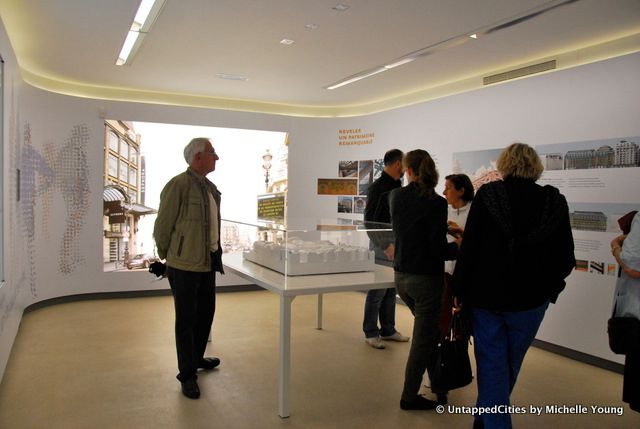

The new plan calls for 26,000 square meters of commercial space, 20,000 square meters of office space, an 80 room hotel and 95 units of social housing in the 17th century buildings along rue de la Monnaie. Japanese architects SANAA are leading the reconstruction.
The Samaritaine came from humble roots, founded in the back room of a cafe in 1870 by Ernest Cognacq and his wife Louise Jay. The store expanded organically, adjoining new buildings as they were purchased. In 1886, they began construction of a new building and from 1905-07 architect Franz Jourdain extended the store towards the Seine, capped the new section with a glass pavillion and added an art nouveau facade to maintain unity between the two sections.
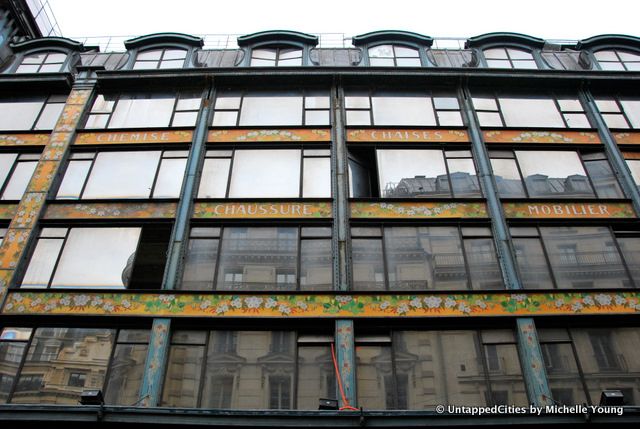 The “Jourdain plateux,” the first section of the Samaritaine, was constructed over the course of 20 years without a cohesive plan.
The “Jourdain plateux,” the first section of the Samaritaine, was constructed over the course of 20 years without a cohesive plan.

The extension with glass pavillion on top, known as “Jourdain verriere”, built 1905-1907, united with the earlier section via the colorful facade.

In 1926, architect Henri Sauvage took over, extended the building to the Seine and installed the art deco facade you see along the Seine with straight lines, geometric patterning and steel structure clad in stone.
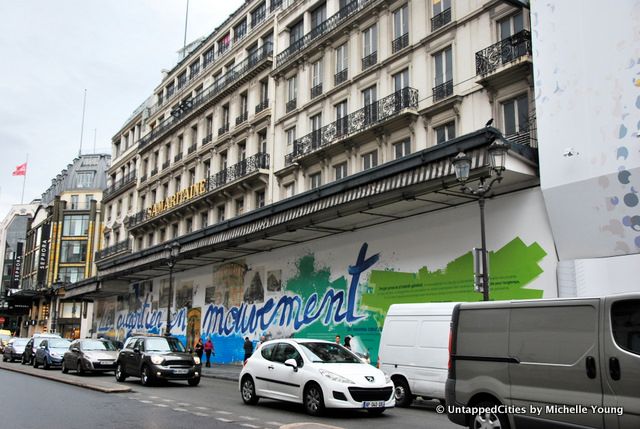
The last extension occurred in 1932 along rue de Rivoli in residential buildings built in the early 19th century. This is the section that will be encased in glass.
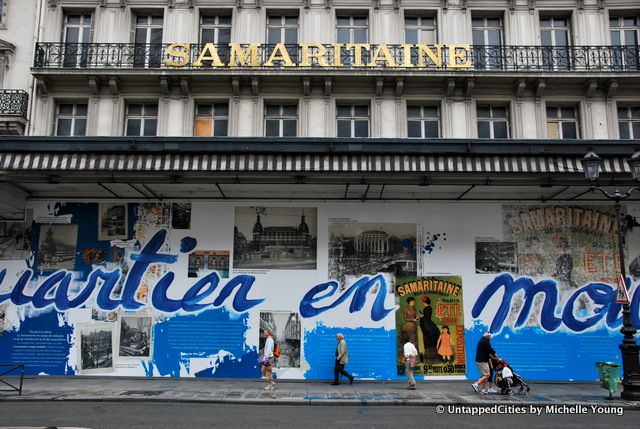
By 1970 however, economic decline had set in due to the demolition of Les Halles and the Samaritaine lost a valuable customer base. In the 1980s, attempts to restore the building were made, including uncovering Francis Jourdain’s art nouveau facade and rebuilding the glass roof (in a different design than the original).
The social housing in the new plan will be located in these 17th century apartments:
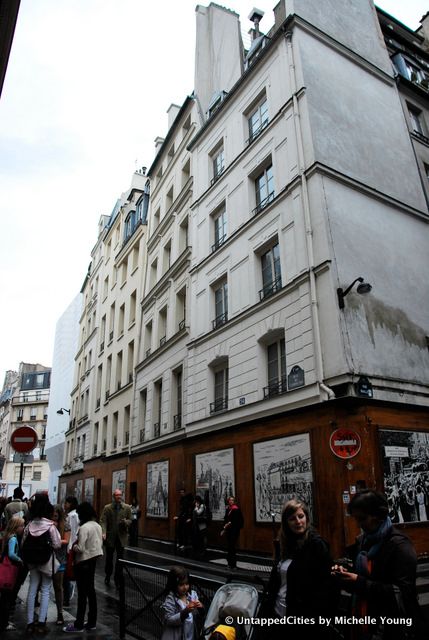
My favorite spot is the long alley between the buildings. There is the distinct scent of an old vintage shop in this alley, reflecting how long the buildings have been vacant.

The old signage is still intact:

An old restaurant:
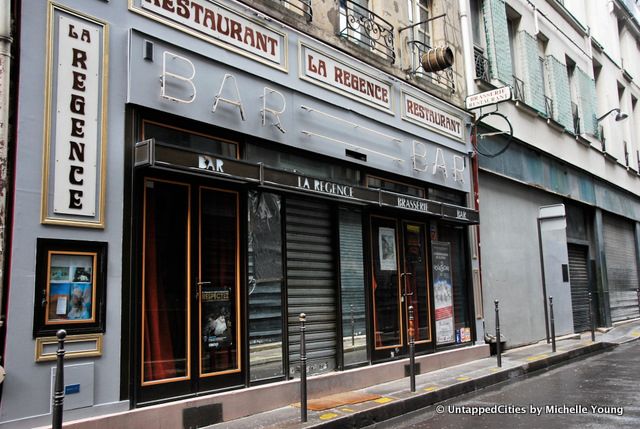

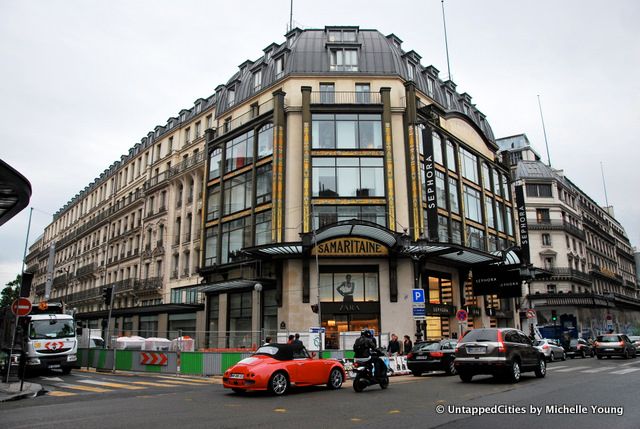
When near the Louvre, so check out the Samaritaine and the interesting exhibition. What do you think of the new glass design?Get in touch with the author @untappedmich
Subscribe to our newsletter